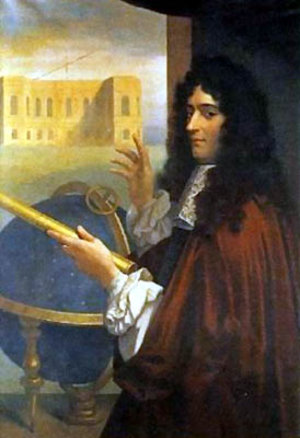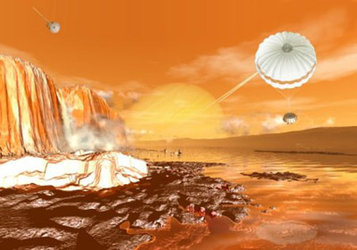10 June
1999: On 10 June 1999, ESA and NASA announced that the Hubble Space Telescope had spotted a cluster of massive newborn stars in the Large Magellanic Cloud (LMC), 170 000 light-years away. The Hubble image showed a view of a turbulent cauldron of starbirth, unromantically called N159.
Fierce stellar winds from the hot newborn massive stars sculpted ridges, arcs, and filaments in the vast cloud, which was over 150 light-years across. It was the clearest image ever obtained of this region.
1710: On 10 June 1710, James Short was born.
He was a British optician and astronomer who produced the first truly parabolic and elliptic (hence nearly distortionless) mirrors for reflecting telescopes. During his working life of over 35 years, Short made about 1360 instruments - not only for customers in Britain but also for export: one is still preserved in St Petersburg, another at Uppsala and several in the United States.
Short was the principal British collator and computer of the 'Transit of Venus' observations made throughout the world on 6 June 1761. His instruments travelled on HMS Endeavour with Captain Cook to observe the next Transit of Venus on 3 June 1769, but Short died before this event took place.















 Germany
Germany
 Austria
Austria
 Belgium
Belgium
 Denmark
Denmark
 Spain
Spain
 Estonia
Estonia
 Finland
Finland
 France
France
 Greece
Greece
 Hungary
Hungary
 Ireland
Ireland
 Italy
Italy
 Luxembourg
Luxembourg
 Norway
Norway
 The Netherlands
The Netherlands
 Poland
Poland
 Portugal
Portugal
 Czechia
Czechia
 Romania
Romania
 United Kingdom
United Kingdom
 Slovenia
Slovenia
 Sweden
Sweden
 Switzerland
Switzerland

































